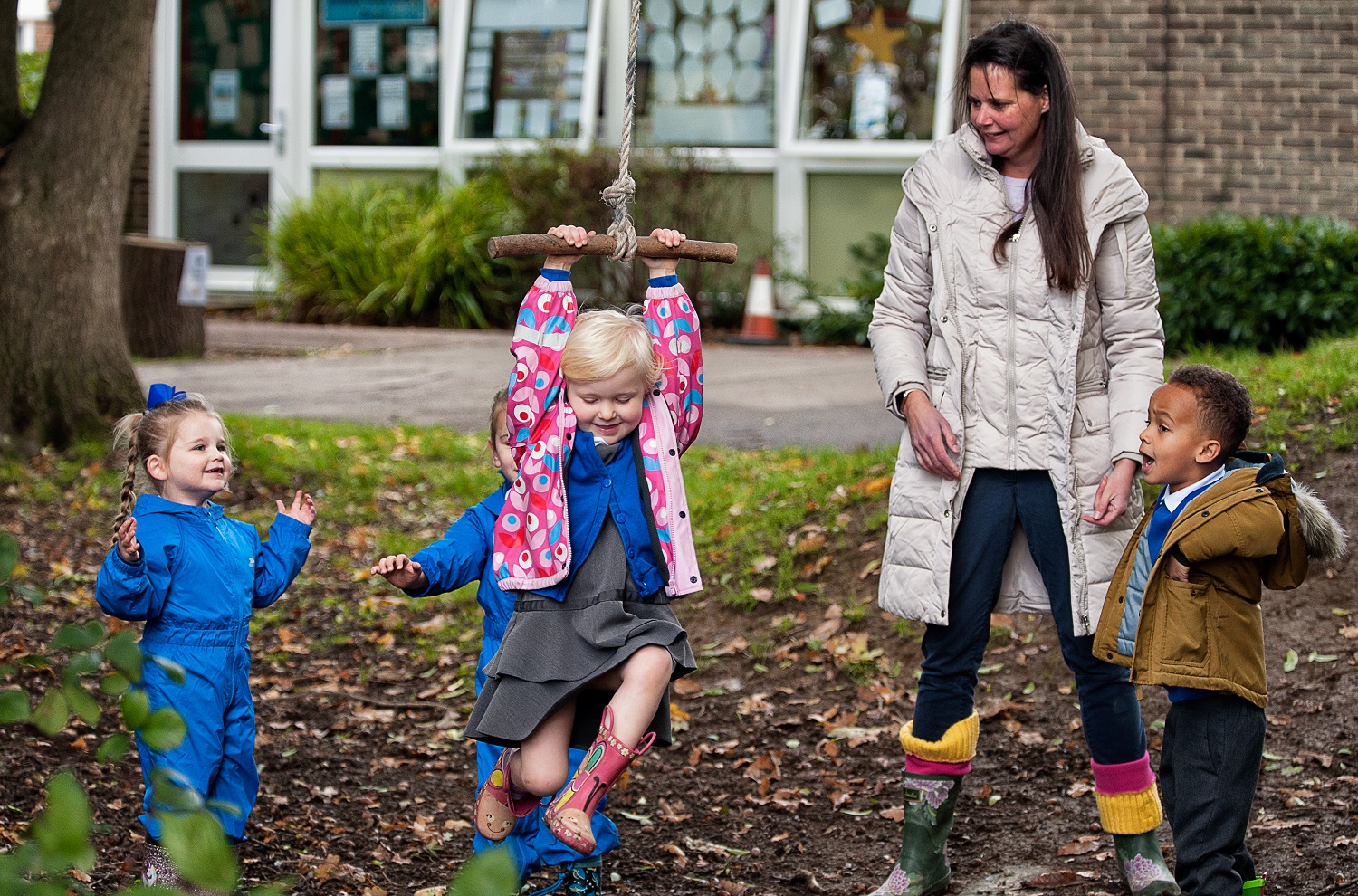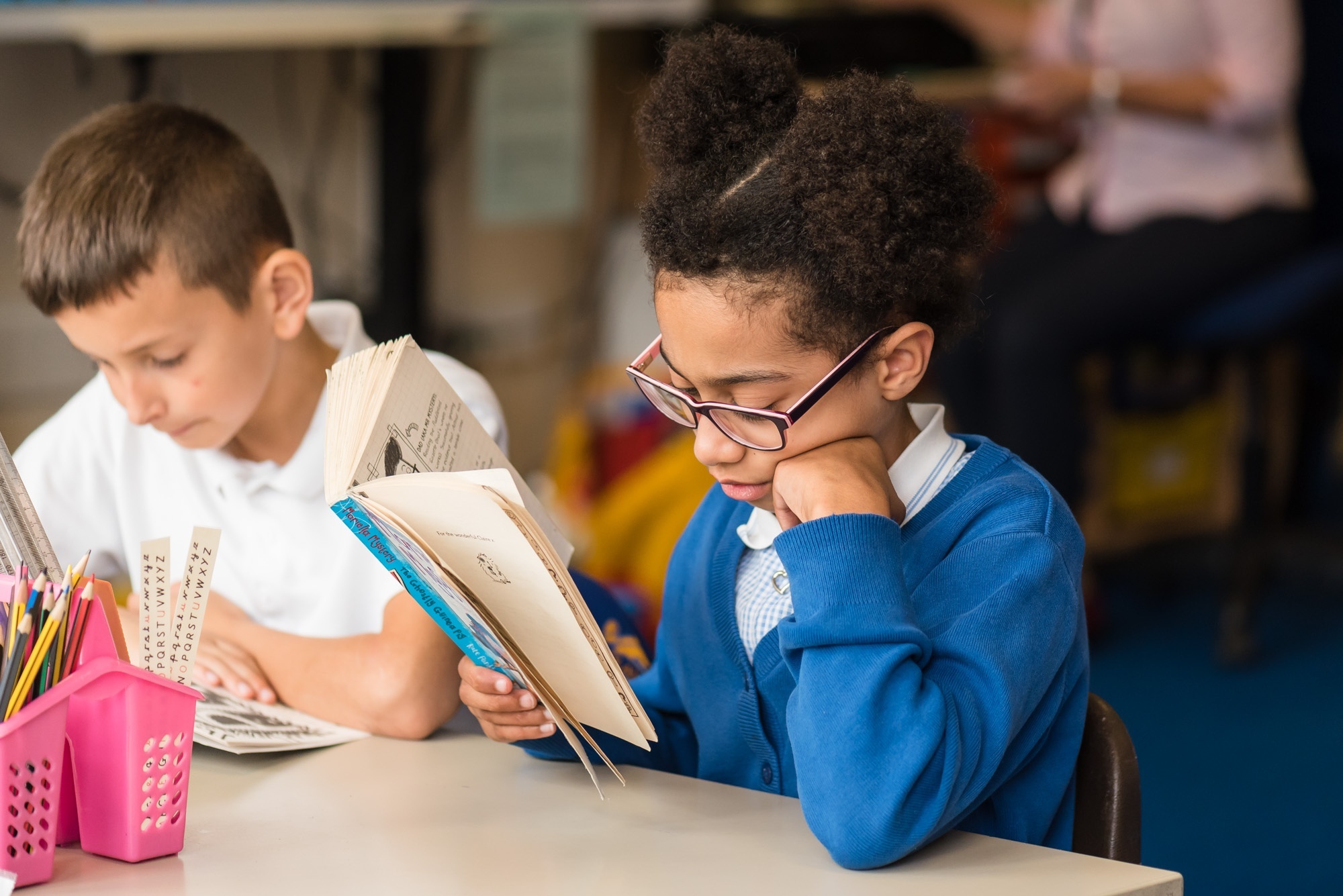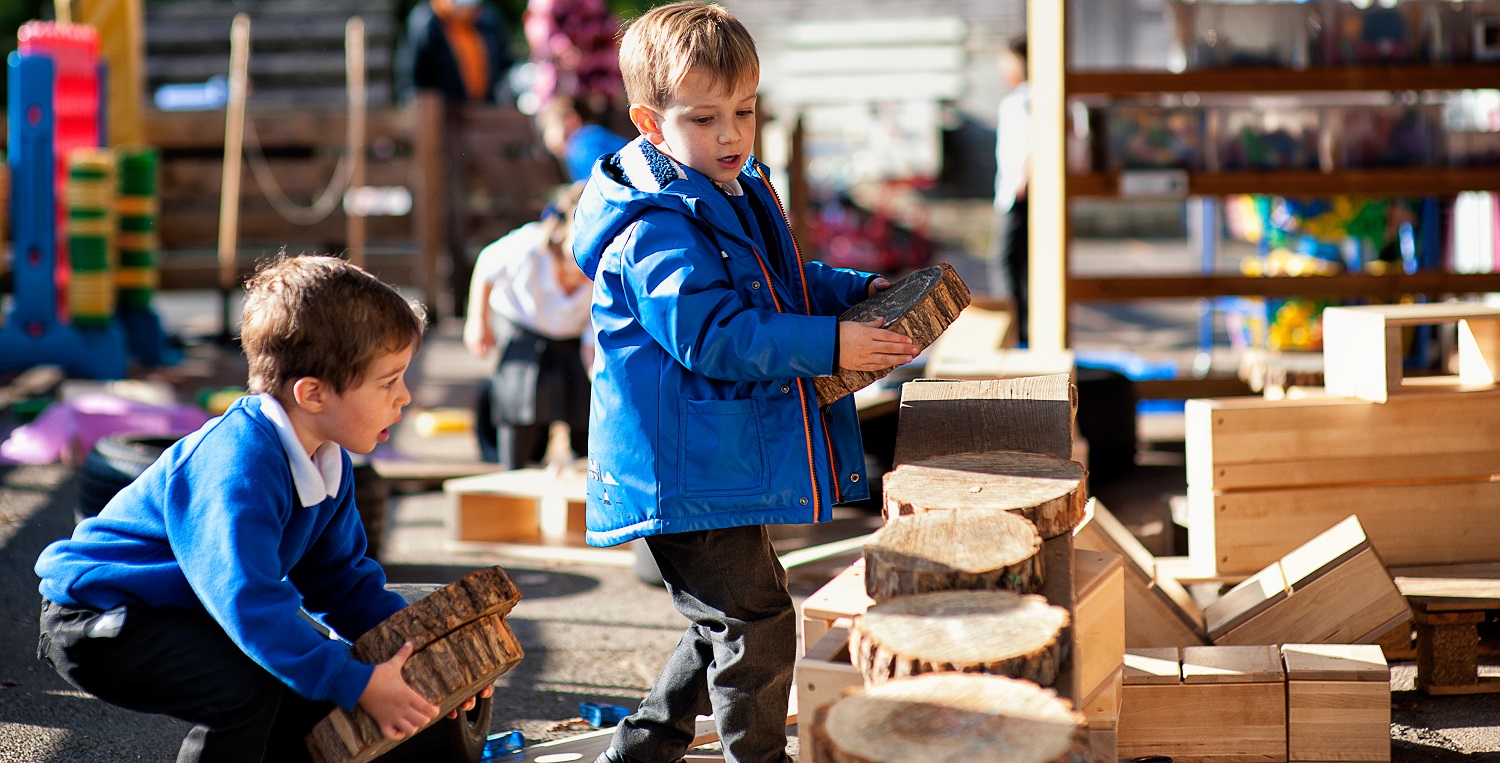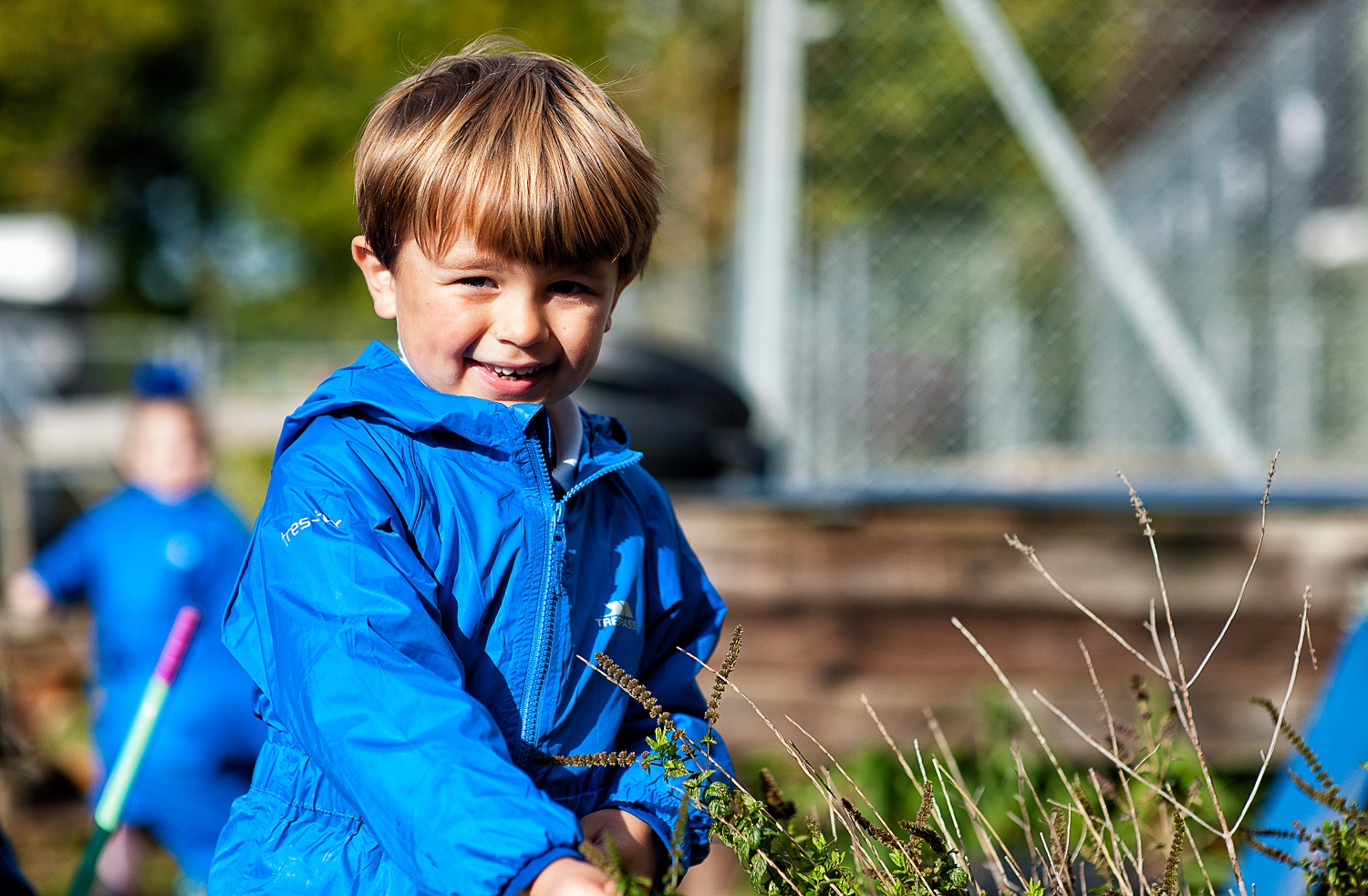Geography
‘You can travel the seas, poles and deserts and see nothing. To really understand the world, you need to get under the skin of the people and places. In other words, learn about geography. I can’t imagine a subject more relevant in schools. We’d all be lost without it.’
Michael Palin
What do we want our geography curriculum to achieve?
At Woodlands, our geography curriculum is meticulously designed to provide children with the skills they need to discover more about the world around them. With a carefully sequenced, knowledge-rich and challenging curriculum, our aim is to inspire children to develop a deeper understanding of the world around them by exploring a wide variety of countries and places across the globe. They are taught the fundamental skills to read a map and locate a range of different places in the world.
Why is geography important to us?
Our goal at Woodlands is not only to impart geographical knowledge but also to foster a sense of curiosity and appreciation for the diverse people and places that shape our world. Key skills, such as reading a range of maps, are taught in order to equip children with practical tools they can use in real life situations. Geography encourages critical thinking to help empower young learners to study how human actions impact the natural world and encourage them to take proactive steps towards taking care of our planet. Ultimately, geography plays a crucial role in nurturing the next generation of global citizens, equipping them with essential geographical skills and a profound understanding of the interconnectedness of our planet, in order to protect our home.
How does the curriculum structure develop geographical skills?
At Woodlands, we want to ensure children have a solid understanding of what they are taught each year. Our curriculum is structured so children’s skills and knowledge are built upon as they progress through the school. There are four key areas to our geography curriculum:
-
Locational Knowledge - Beginning in Key Stage 1, children embark on their geographical journey by focusing on continents and oceans. This foundational knowledge is continually reinforced and expanded upon as they move through the school. In Key Stage 2, they delve deeper into specific continents, such as Europe in Year 3 and countries like Brazil in Year 5.
- Place Knowledge - Through a comparative approach, children learn about the positioning of the United Kingdom in the global context starting in Year 1. They also explore capital cities and constituent countries of the UK. Children compare the UK and areas of the UK to places in Australia (Year 1) and the Arctic and Antarctica (Year 2). In Year 4, children begin to put their Ordnance Survey (OS) map skills to the test by looking in detail at their local area and in Year 6, this is expanded upon as they focus on an area of the UK they will go onto to visit for their residential trip.
- Human and Physical Features - Our curriculum places a heavy emphasis on the study of both human and physical geography. Children develop essential map work skills as they progress through the school, enabling them to analyse, identify and interpret various features of the Earth’s surface.
- Geographical Skills and Fieldwork - Pupils across both key stages engage in fieldwork sessions so they can apply their theoretical knowledge in practical settings. They are introduced to various maps and atlases, learning essential map-reading skills and compass directions. By Year 6, children are proficient in reading OS maps and interpreting precise grid references.
How do we make geography real and meaningful for our children?
Our aim is to encourage a love and understanding of our planet, which starts in our local area and spreads to all continents of the world. From the beginning of their time at Woodlands, children are encouraged to explore the wonders of nature, understand the importance of taking care of our Earth and appreciate the diversity of our world. We build on their locational knowledge by incorporating real-life examples and interactive learning experiences as they walk through the local area, visit a nearby river and journey to Devon to explore areas they have plotted on a map. By nurturing a genuine curiosity and appreciation for geography, we can empower children to become global citizens who value and protect our precious planet.
How do we use assessment in geography?
Assessment is used in geography in a variety of ways. In all lessons, we create meaningful tasks for the children to complete, provide feedback on these, ask thought-provoking questions, facilitate opportunities for in-depth discussion and help the children activate and connect prior knowledge to new learning. If we discover important gaps in learning, we may decide to remodel the learning or task, use visuals or an analogy to explain a concept, provide additional scaffolding or update future planning. Assessment is also used as a learning tool through multiple-choice quizzes, focusing on locational and place knowledge and human and physical features. During and after learning, we check if the children have learnt what we want them to by their responses to tasks in their books, low stakes quizzes and other retrieval activities. Teachers bring all this knowledge formed over the course of the year to make an overall judgement as to whether each pupil is working at the expected level for geography or not and this is reported to parents. Our year group leads and geography subject lead will also conduct pupil voice sessions and scrutinise pupils’ book to ascertain how well vocabulary and knowledge has been retained and demonstrated over time. Having triangulated monitoring, the geography subject lead may decide to update planning, support teachers with planning or pedagogy, involve the Inclusion team if issues pertain to pupils with SEND, review curriculum sequencing or possibly review the effectiveness of the retrieval activities used.
How do we promote inclusivity and challenge in geography?
It is important that all our pupils access and learn effectively in our geography lessons across the school. This involves us setting suitable learning challenges, responding to pupils’ diverse needs and overcoming potential barriers to learning and assessment for individuals and groups. Teachers utilise a range of adaptive strategies to meet the needs of our pupils, which work well in all subjects. In addition to this, we utilise further adaptations specific to geography, which support pupils with SEND. For example, we ensure all maps and visuals are enlarged so all children can read them. We use visuals of locations and features wherever possible to help put learning objects into context. To help understand vocabulary, visuals are used as well as word banks which are repeatedly referred to throughout the unit. Scaffolding tasks as well as new concepts help all pupils access the learning and all instructions are broken down in order to be achievable.











